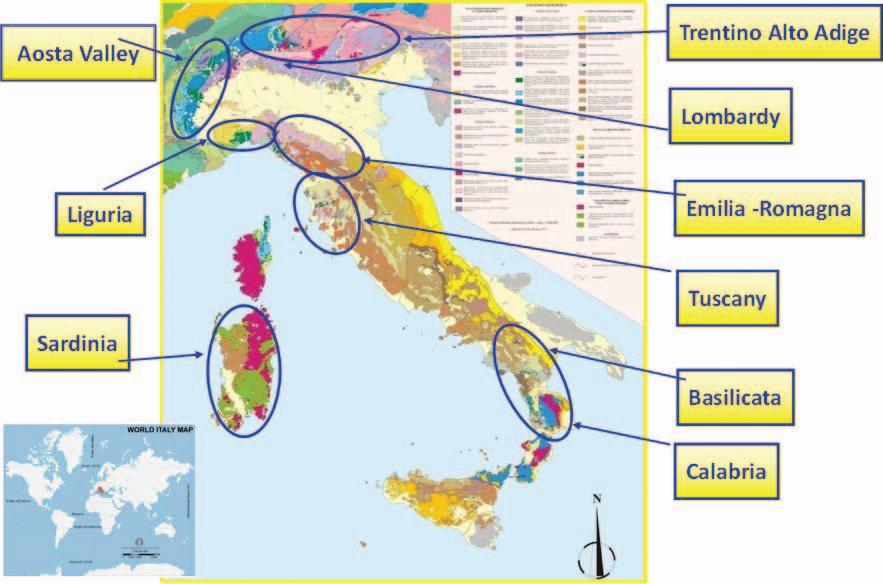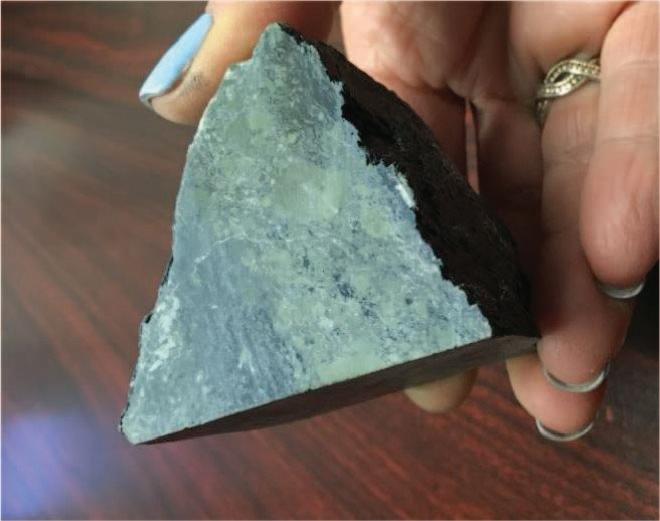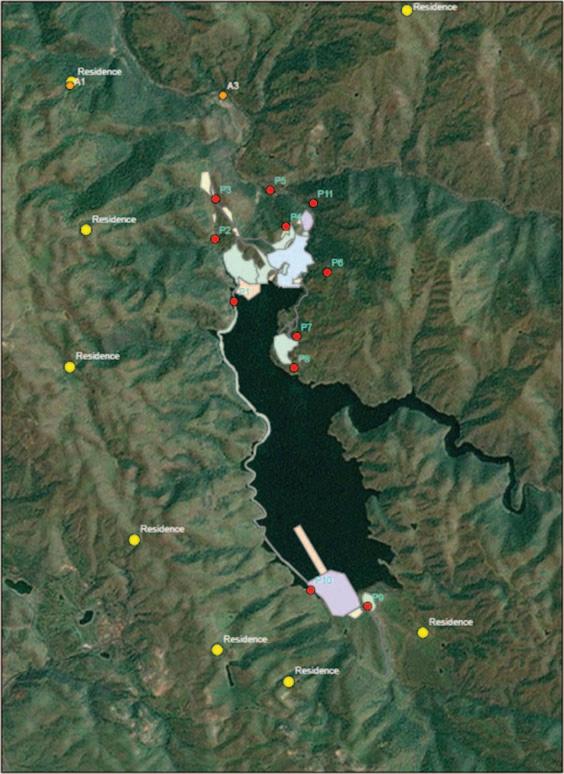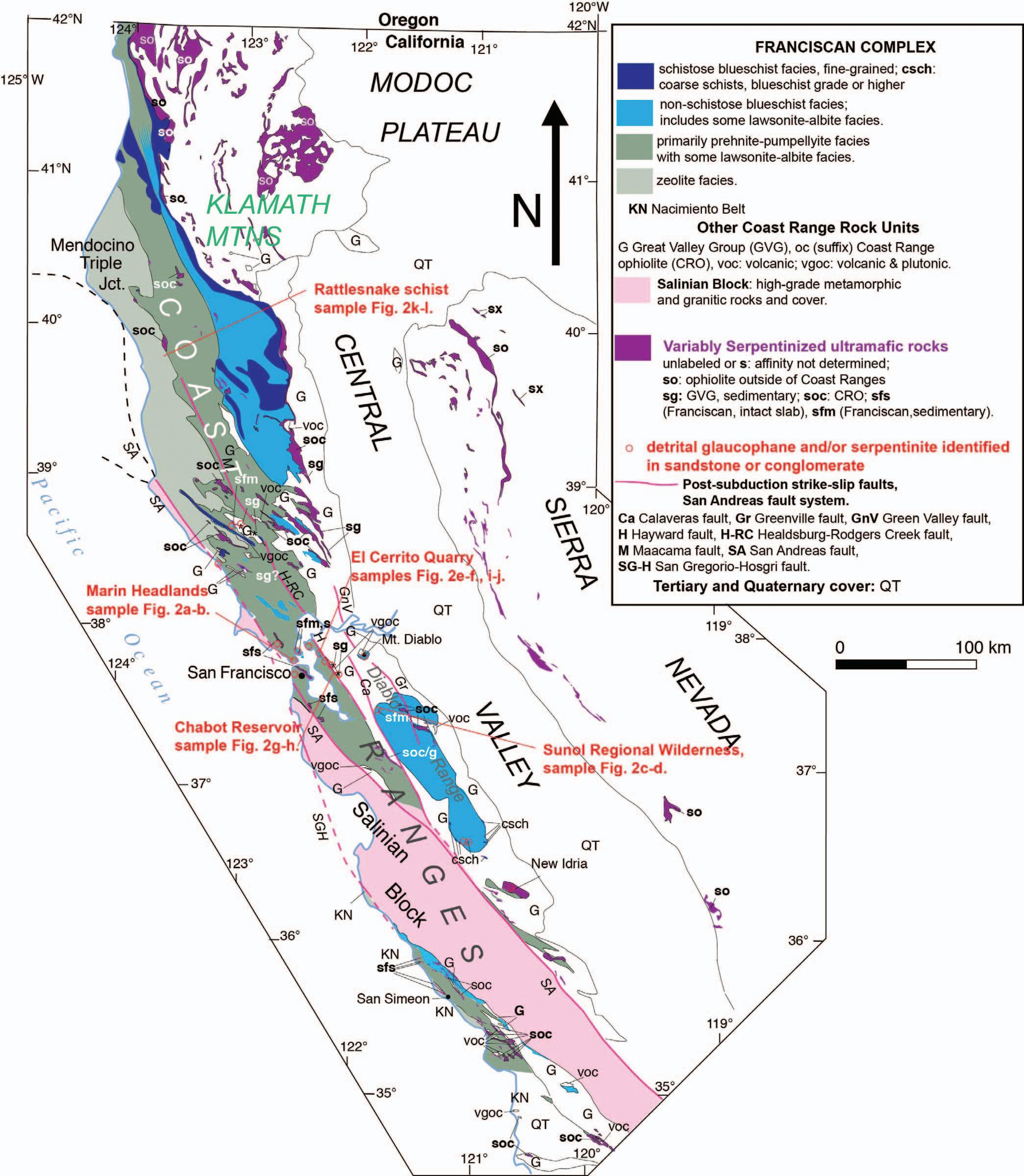Naturally Occurring Asbestos in France: Geological Mapping, Mineral Characterization, and Technical Developments FLORENCE CAGNARD* DIDIER LAHONDÈRE BRGM, French Geological Survey, Orléans, France
Key Terms: NOA, Asbestos, Geological Mapping, Regulations, France ABSTRACT In France, asbestos was banned by national decree (no. 96-1133) in 1996. The regulatory texts and standards adopted to implement this ban are concerned primarily with asbestos-containing manufactured products and are difficult to apply to asbestos-bearing natural materials (i.e., rocks and soils). Considering problems related to asbestos-bearing natural materials, the French Ministry of Ecology, Sustainable Development, and Energy has mandated the French Geological Survey to map locations where asbestos-bearing rocks are found. Mapping was prioritized to geological domains where naturally occurring asbestos (NOA) was predictable (e.g., the Western Alps and Corsica). These studies integrated field expertise, sampling, and laboratory analysis data to characterize the potential of geological units to contain NOA. Additionally, studies were conducted on geological formations exploited to produce aggregates. These studies were focused on quarries excavating massive, basic or ultrabasic rocks likely to contain NOA and quarries mining alluvium likely to contain asbestos-bearing rock pebbles. These studies highlight the difficulty of establishing robust analytical procedures for natural materials. The distinction between cleavage fragments (resulting from the fragmentation of non-asbestos particles) and proper asbestos fibers is particularly problematic for laboratories. Thus, a recent study by the National Agency for Health Safety, Food, Environment, and Work recommends applying the asbestos regulation to elongated mineral particles (length/depth > 3:1, length > 5 μm, depth < 3 μm) with chemical composition corresponding to one of the five regulated amphibole species regardless of their mode of crystallization (asbestiform or non-asbestiform). The upcoming regulatory changes are part of a decree published in 2017, including the prior identification of asbestos in natural soils or rocks likely to be impacted by *Corresponding author email: f.cagnard@brgm.fr
ground-disturbing construction activities. Specific protocols will be defined for sampling, analysis, and characterization of natural materials that may contain asbestos. INTRODUCTION In France, the use of asbestos was extensive through most of the 20th century. Asbestos was mined in France from 1920 to 1965, especially in two main quarries localized in the Alps (the Val de Peas mine extracting tremolite-asbestos) and in Corsica (the Canari mine excavating chrysotile). After 1965, the domestic demand for asbestos was satisfied by importation, especially from Canada. In 1977, the first regulation by the international agency for research on cancers classified all the forms of asbestos as carcinogenic. Even though asbestos was known to be harmful since the beginning of the 20th century, protection and prevention measures were adopted later in France. In fact, a complete ban on the use of asbestos in France was declared in 1996 and confirmed at the European level by Directive 99/77/EC, which prohibited any extraction, manufacture, or processing of asbestos fibers. The issue of naturally occurring asbestos (NOA) has emerged in only the past decade in France, with the first identification of 20 sites containing NOA in 2005 (Dessandier and Spencer, 2005). There is currently no law concerning the specific problem of NOA in France, and the existing regulations concern only “industrial” asbestos. However, a group of researchers working with two French national agencies recently proposed recommended guidelines (ANSES, 2010, 2015, 2017; INRS, 2013). Based on these studies, national regulations concerning NOA are currently in progress. France is made up of various geological domains consisting mainly of Neoproterozoic to Paleozoic basements partly affected by the Variscan orogeny, juxtaposed with Meso-Cenozoic sedimentary basins, which are locally reworked during the Alpine orogeny (Figure 1). Except the sedimentary basins, many basement lithologies, localized within the Armorican Massif, the Vosges Massif, the Massif Central, the
Environmental & Engineering Geoscience, Vol. XXVI, No. 1, February 2020, pp. 53–59
53





















